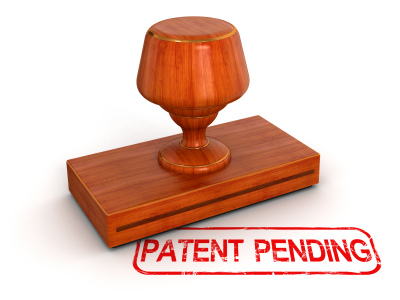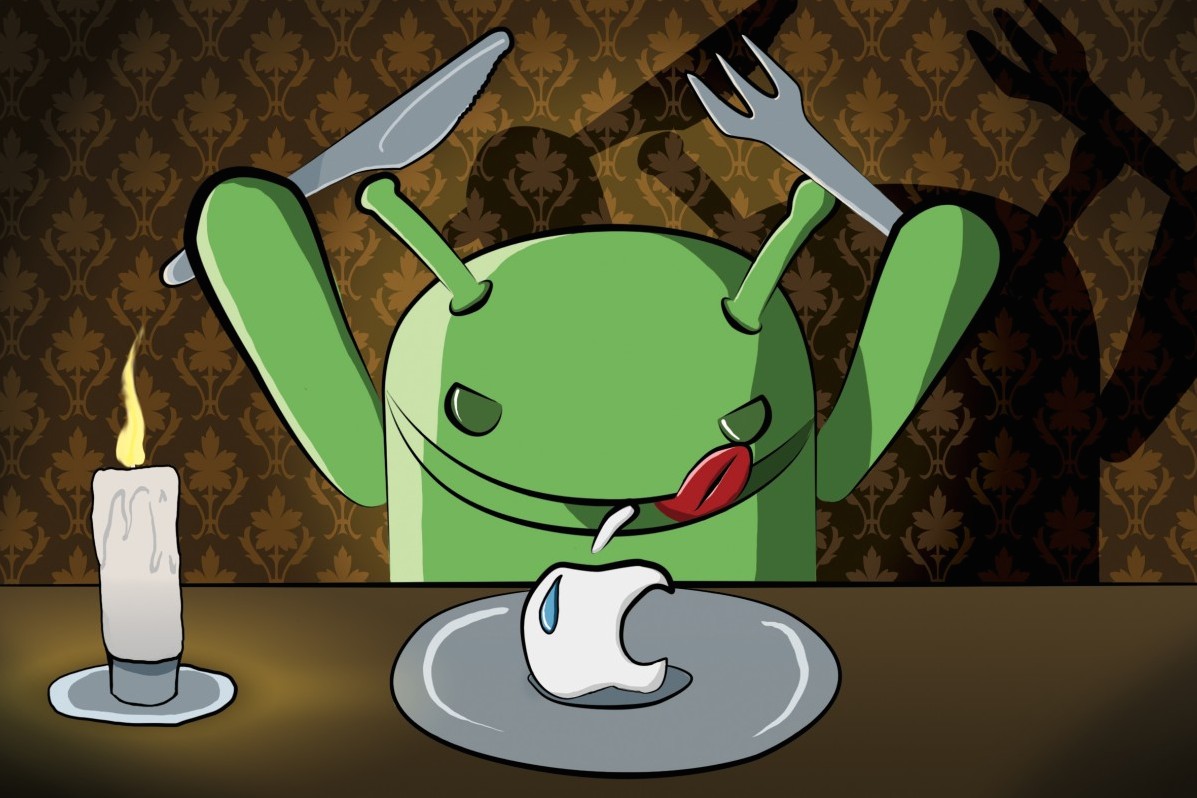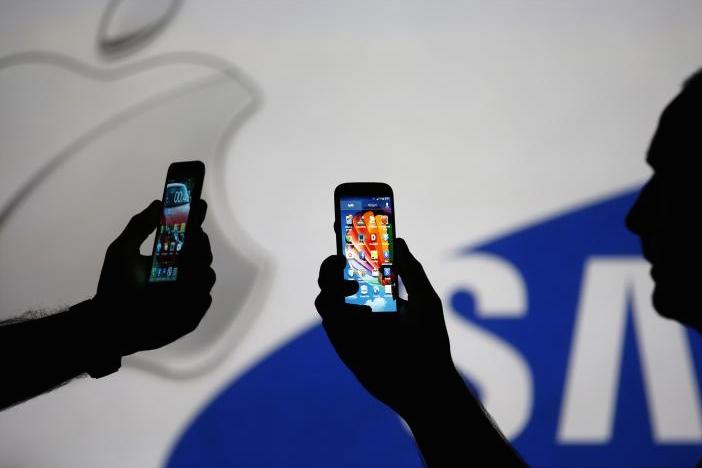You’ve got your ideas, you’ve come up with a strategy, you’re ready to build this app! But is it safe? What if someone steals your idea? Can you even patent an app? If so, is it worth it?
Before anything, you need to understand that having a patent on your product does not, in itself, prevent other companies from bringing accusations of infringement and law suits. It is possible that a patented app could include elements that infringe the rights of others. Even if you apply for your own patent, you can still become a victim of patent trolling companies.
Your burning question is most likely: Can I even Patent an App? The answer is yes. But first and foremost, it is important to understand what information a patent is composed of. The U.S. Patent & Trademark Office (USPTO) has specific criteria it uses to determine eligibility for a patent.
They suggests starting your patent search by looking for keywords related to the purpose, use and composition of the invention, in the Index to the U.S. Patent Classification. They also look to make sure that your mobile app doesn’t use any “methods or processes for producing a useful, concrete, and tangible result” previously patented, published or used. The USPTO currently uses the “First-to-file” standard to decide who among two or more applicants with the same invention should receive the patent. It’s a first come first serve kind of deal.
Patent-Pending
Because it can take time to develop an invention, a smart solution would be to file a provisional patent application first, which is the standard utility patent application, to secure a filing date. It’s generally less expensive than a nonprovisional utility patent application. A provisional application requires a detailed description of the invention, and may include drawings and details illustrating how the app works.
The one-year patent-pending status afforded by having filed a provisional patent application allows you to have more time to assess whether the market reaction is favorable enough to pursue. If it is, then you can go ahead and file the nonprovisional patent application. Filing a nonprovisional patent application within one year of the provisional filing date ensures that the filing date of the provisional patent remains as the official filing date of the patent application. This is important because the provisional filing date will be used to determine who was “first to file.” This strategy enables you to minimize your upfront investment in the patent process, while maintaining your rights to pursue patent protection for your mobile app in the process of exploring the market.
Should I Patent My App?

Apple and Google have been in a longstanding patent war for years now, arguing over which features belonged to them and were invented by them first. It shows that even with the proper processing and due diligence, spates over patent ownership can exist.
Now that we understand that it can be done, we must determine if in your case it should be done. There are distinctions to explore when looking at whether it makes financial sense to pursue a patent in a market in which a quick shelf life is the norm. With patent application preparation, filing, examination and issue fees and attorney services, a US patent is quite likely to cost A$15,000-A$30,000 to obtain, and the process could easily take three or four years. You need to ask where you see your great idea going over that period of time, and whether its projected revenues are likely to justify the cost.
If your goal is to create an app that has its 30 seconds of fame and allows you to then move on to the next fun project- a patent is not for you. The patent wouldn’t even be granted by the time the app loses it’s popularity and the chance of someone copying your idea in such a short amount of time is very slim. This is because there are hundreds of thousands of apps out there, and only about the top 100 get any noticeable attention.
On the other hand, if your research shows that your app will last for a period exceeding three years-that it will attract enough broad and general interest to secure a large majority of people-and you can prove that there are multiple competitors that would want to use your technology in their own apps, then you might have a greater need to patent your app.

